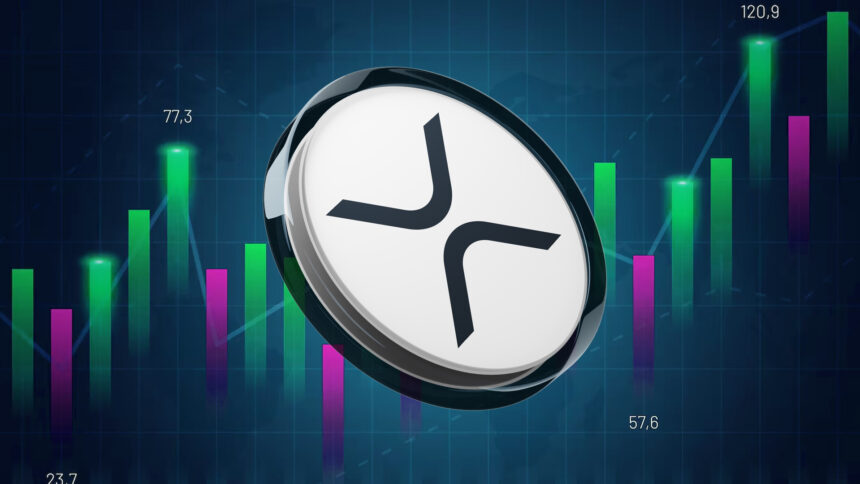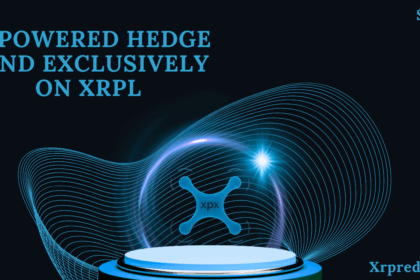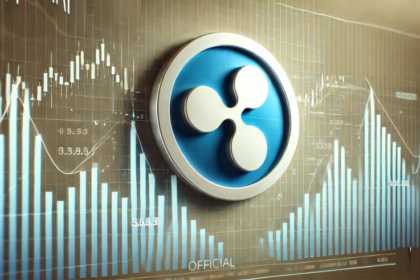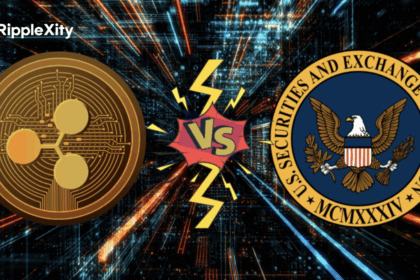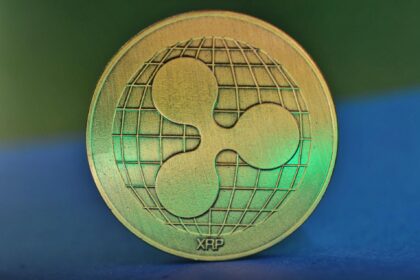While Ripple is widely known for disrupting cross-border payments, the real innovation lies under the hood — in its foundational technology: the XRP Ledger (XRPL).
Unlike many other blockchains focused solely on decentralized finance or smart contracts, XRPL is purpose-built for enterprise-grade speed, scalability, and real-world financial utility.
In this article, we break down the technical backbone of the Ripple ecosystem, exploring what makes the XRP Ledger a leader in blockchain infrastructure.
What Is the XRP Ledger?
The XRP Ledger (XRPL) is a decentralized, open-source blockchain protocol launched in 2012 by Ripple’s co-founders, including David Schwartz, Arthur Britto, and Jed McCaleb.
It is designed specifically for fast, low-cost, and efficient asset transfer, with a focus on global payments and tokenization.
The XRPL is the core of Ripple’s solutions — powering use cases like:
- Cross-border remittances
- Tokenized assets and stablecoins
- Decentralized exchanges (DEX)
- CBDC infrastructure
- Real-world asset (RWA) issuance
Key Features of the XRP Ledger
⚡ 1. Transaction Speed & Efficiency
Transactions on XRPL settle in 3–5 seconds, making it one of the fastest blockchain networks in the world.
It supports over 1,500 transactions per second (TPS) and has low energy consumption — ideal for high-volume use cases.
💸 2. Low Fees
Typical transaction costs are around 0.00001 XRP, making it significantly cheaper than Ethereum, Bitcoin, or even many Layer 2s.
🔐 3. Consensus Mechanism
XRPL does not use Proof-of-Work or Proof-of-Stake. Instead, it uses a unique Byzantine Fault Tolerant consensus algorithm through trusted validators.
This enables rapid finality without mining — making it faster and greener.
🧱 4. Built-in Decentralized Exchange (DEX)
XRPL features a native DEX protocol — allowing seamless trading of assets issued on-chain, including stablecoins, XRP pairs, or custom tokens.
💳 5. Native Tokenization Support
Unlike Ethereum, XRPL doesn’t require smart contracts for token issuance.
Any individual or institution can issue tokens (like USD, EUR, or gold-backed assets) using XRPL’s trustline system.
XRPL vs Other Blockchains
| Feature | XRP Ledger (XRPL) | Ethereum | Bitcoin |
|---|---|---|---|
| Consensus | Federated Consensus | Proof of Stake | Proof of Work |
| Finality Time | 3–5 seconds | ~1–6 minutes | ~10 minutes |
| Energy Efficiency | Extremely efficient | Moderate | High usage |
| Smart Contracts | Limited (EVM sidechains) | Yes (Solidity) | No |
| Native DEX | Yes | Via dApps | No |
XRPL Use Cases in the Real World
- 🌍 Cross-Border Payments: Used by RippleNet to move billions in value across countries.
- 🏦 Central Banks: Supporting CBDC pilots in Bhutan and Palau.
- 💵 Tokenized Finance: Ideal for issuing USD, EUR, and RWA-backed tokens.
- 🔁 Bridging Liquidity: XRP is used in On-Demand Liquidity (ODL) to reduce reliance on pre-funded accounts.
Future of XRPL: Expanding Horizons
Ripple is actively expanding XRPL capabilities through:
- Sidechains (including Ethereum-compatible ones)
- NFT support via the XLS-20 standard
- Smart contract functionality via Hooks and third-party integrations
- Interoperability with ILP (Interledger Protocol)
As Ripple works with developers, institutions, and governments, XRPL continues to evolve into a multi-asset, cross-chain financial infrastructure.
Final Thoughts
The Ripple blockchain, through XRPL, is not just a payment protocol — it’s an institutional-grade infrastructure ready to tokenize, transfer, and transform financial systems around the world.
At Ripplexity, we dive deep into the technology shaping tomorrow’s finance.
Stay tuned as XRPL continues to build the Internet of Value — one transaction at a time. ⚡




